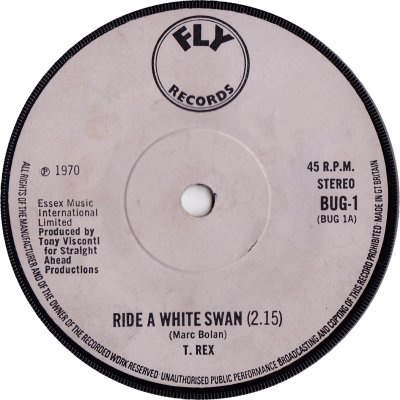
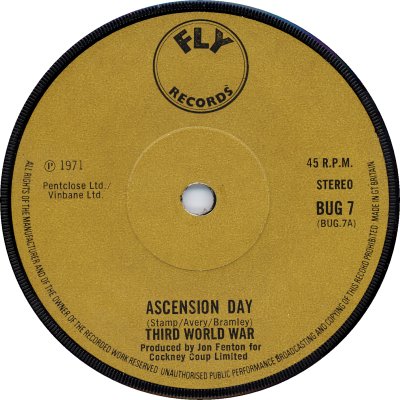
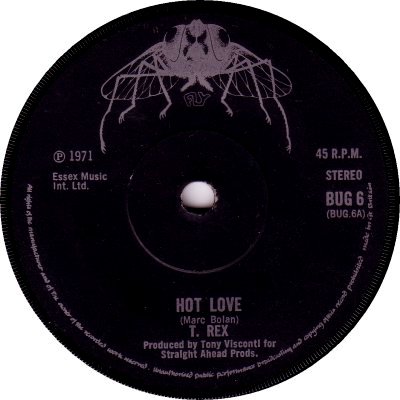
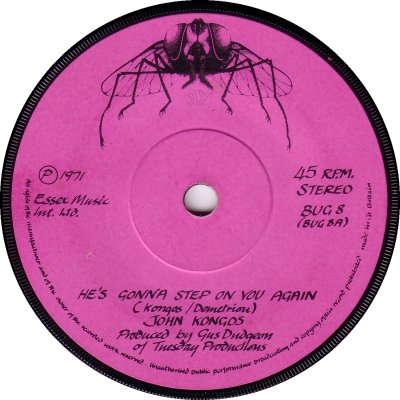
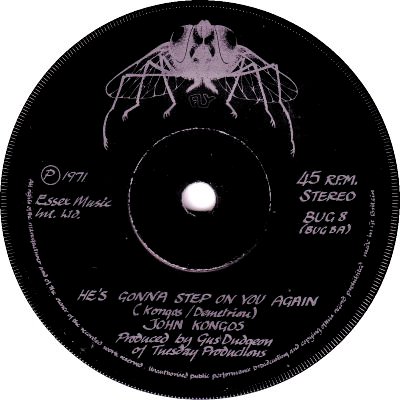
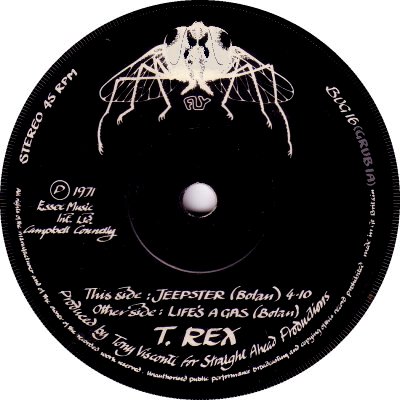
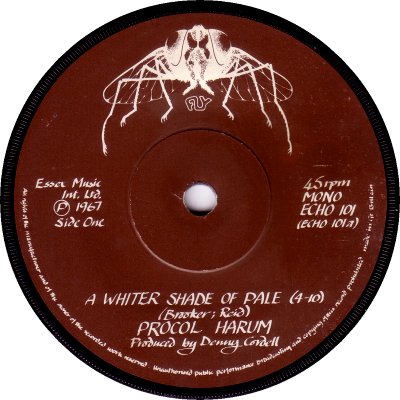
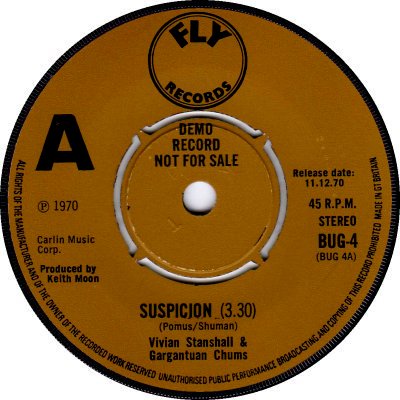
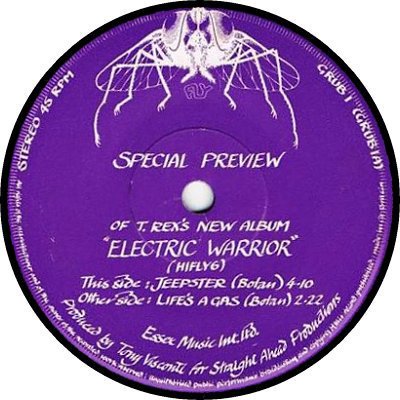
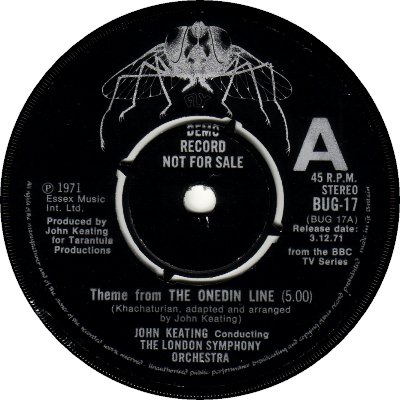
Fly was launched in October 1970 by David Platz, founder of the Essex Music publishing company. Up to that point Essex's 'Straight Ahead Productions' company had released its product through EMI on the Regal Zonophone (q.v.) label, which had been revitalized for that purpose. With Fly was hatched Straight Ahead transferred their artists - including Joe Cocker, The Move and Tyrannosaurus Rex - to the new label. Abbreviated, T. Rex immediately provided Fly with its first Singles Chart successes, launching Marc Bolan as a star in the process. John Kongos also provided a couple of Chart hits, making the Top 5 twice in 1971 with 'He's Gonna Step On You Again' (BUG-8) and 'Tokoloshi Man' (BUG-14). In early 1972 Fly Records evolved into Cube (q.v.), keeping the BUG-0 numerical series going but changing the label design dramatically in the process. 'Record Retailer' of the 12th of February carried news of the development, and said that when the current agreement with EMI ended, in September, the replacement Cube label would move to Polydor under a new three-year deal. Fly's final offering before the change of name came in the form of a short series of 'Magni-Fly' EPs, which were numbered in the ECHO-100s (7); along with a parallel series of albums, these were the fruits of Straight Ahead regaining the rights of material that it had previously leased to Decca ('RR', 19th February 1972).
During the course of its life Fly used a number of different labels. The original design came in pale lilac-grey (1) for early pressings of the first single; this turned mustard-colour for later pressings and for the next six singles (2). A Roger-Dean-designed label featuring a large fly was introduced with BUG-8; earlier pressings were black-on-pink (3), later ones black-on-silver (4). The silver turned to white with BUG-11 (6), but returned for BUG-17 and BUG-18 (10). The idea of using a 'handwriting' typeface for the credits, as happened on the Roger Dean labels, was an unusual one; the only other non-DIY label I can think of which did the same was Nepentha (q.v.). Reportedly the handwriting was Dean's own. Later copies of BUG-6 had that kind of label but with a standard font instead of a handwriting one (3) - earlier copies had had the mustard labels. Manufacture and distribution were by EMI, and the demos are in the usual EMI style; occasionally some pressings of hits were outsourced. According to Billboard (10th October 1970) Fly's product was initially to be promoted by Track Records (q.v.). The Fly label enjoyed a revival in the late 1980s, using the early round logo. Thanks to Bob Mayhead for the eighth scan, and to Paul Winsall for the first and ninth.
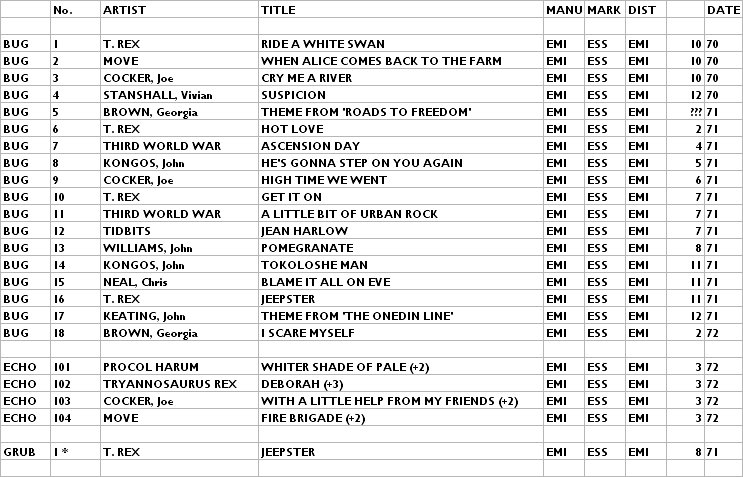


Copyright 2006 Robert Lyons.

